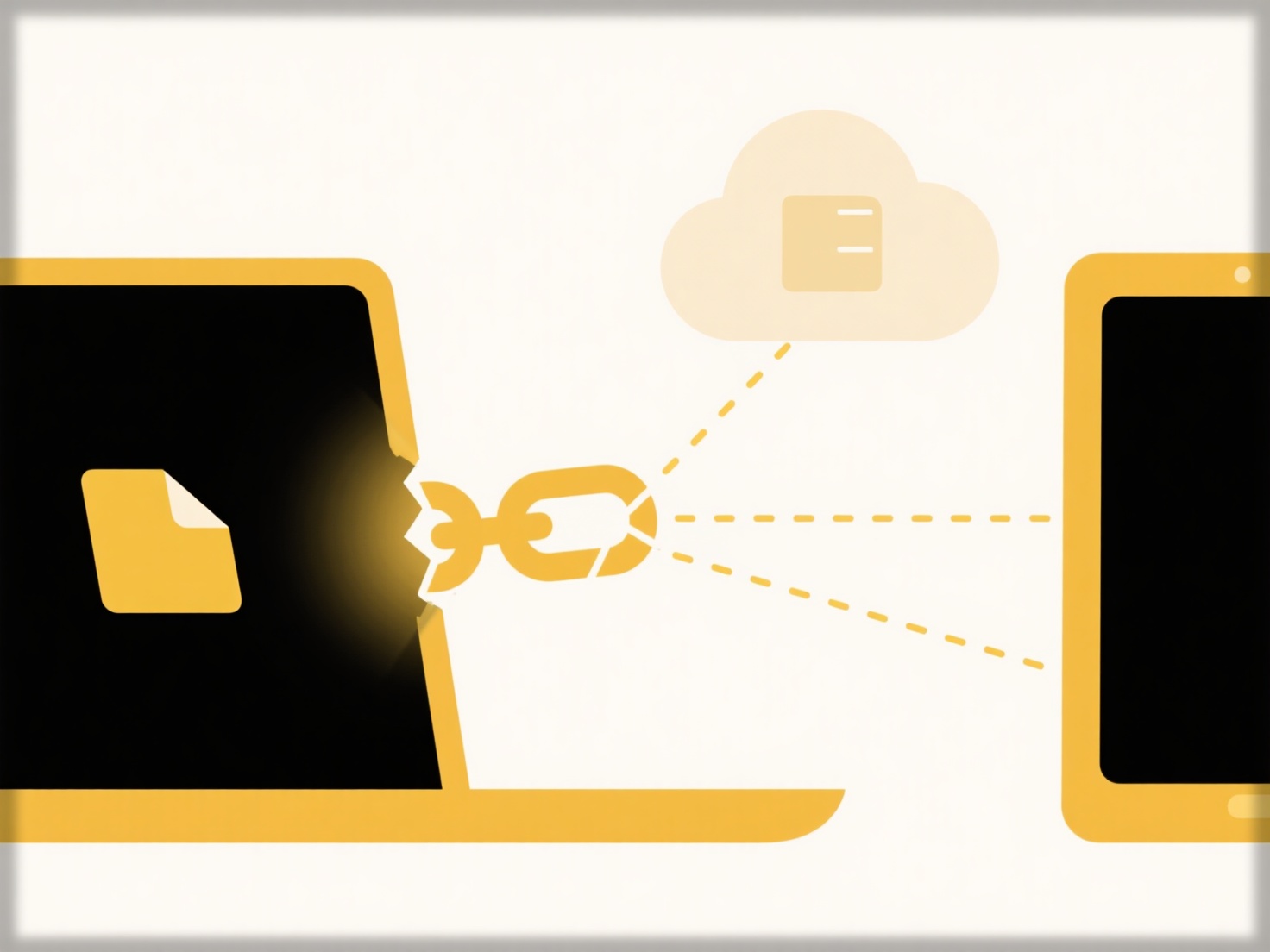
Read access allows you to view the contents of a resource, like a file, folder, or database entry. You can open it, see its data, but not make any changes. Write access, however, grants permission to modify that resource—you can create new files, edit existing content, delete information, or alter settings within it. The fundamental difference lies in permission to consume information (read) versus permission to actively change it (write).
For example, in a document collaboration tool like Google Docs, a user with read access can only open and view the document. A user with write access can edit the text, add comments, or change formatting. Similarly, in database administration, a read-only user account might be used to generate reports from sales data, while a user with write access could update customer records or add new products.

The main advantage of separating these permissions is enhanced security and control. Read access minimizes accidental or malicious data modification and is typically lower risk. Write access requires stricter control due to the potential for data corruption or loss, posing a significant security limitation if misassigned. Proper management of these permissions is essential for protecting sensitive information and maintaining data integrity.
What’s the difference between read and write access?
Read access allows you to view the contents of a resource, like a file, folder, or database entry. You can open it, see its data, but not make any changes. Write access, however, grants permission to modify that resource—you can create new files, edit existing content, delete information, or alter settings within it. The fundamental difference lies in permission to consume information (read) versus permission to actively change it (write).
For example, in a document collaboration tool like Google Docs, a user with read access can only open and view the document. A user with write access can edit the text, add comments, or change formatting. Similarly, in database administration, a read-only user account might be used to generate reports from sales data, while a user with write access could update customer records or add new products.

The main advantage of separating these permissions is enhanced security and control. Read access minimizes accidental or malicious data modification and is typically lower risk. Write access requires stricter control due to the potential for data corruption or loss, posing a significant security limitation if misassigned. Proper management of these permissions is essential for protecting sensitive information and maintaining data integrity.
Quick Article Links
What are hidden files and why do they exist?
Hidden files and folders are system-designated items intentionally omitted from regular directory views in file managers...
How can I save file history?
File history refers to the automatic saving and storing of previous versions of your files over time. Unlike a basic bac...
Why doesn’t the file open after downloading?
Downloads failing to open typically occur because the file might be corrupted during transfer, blocked by security softw...